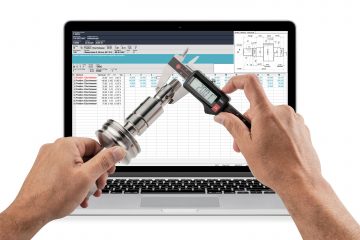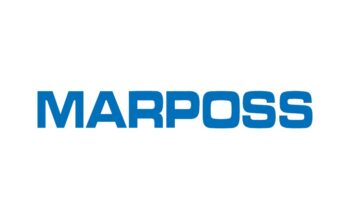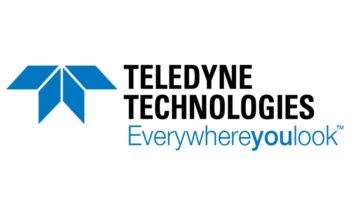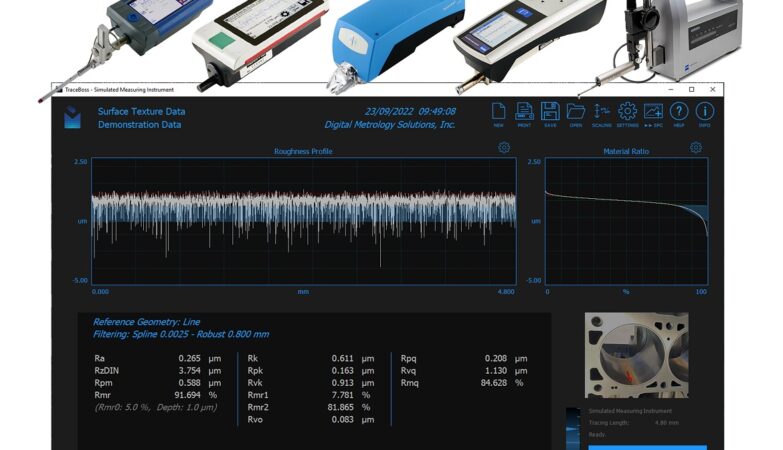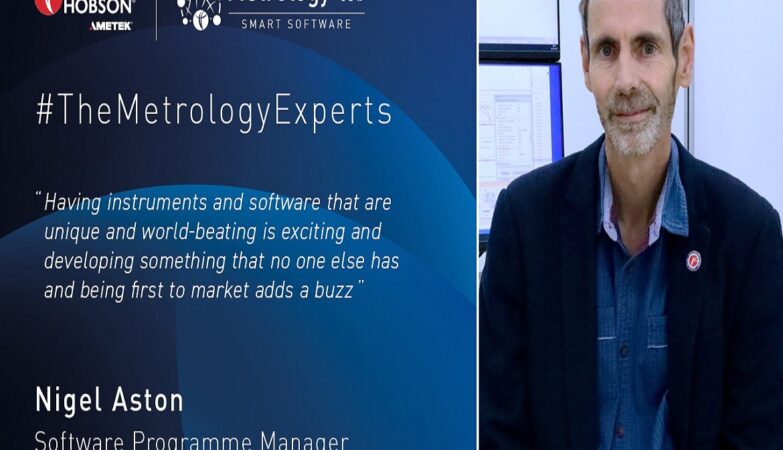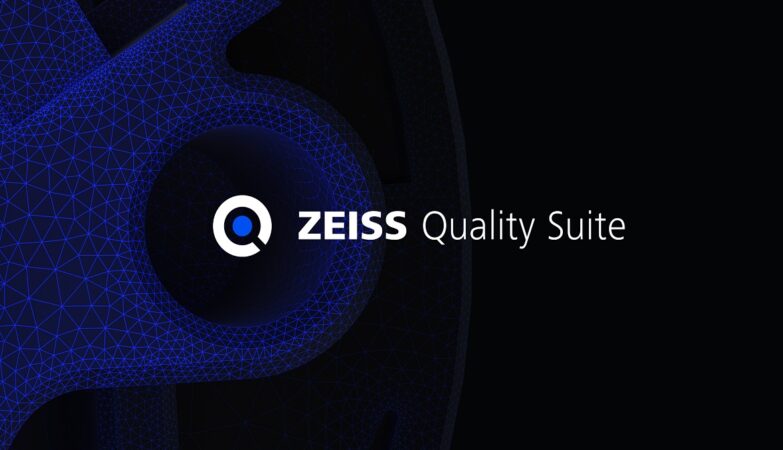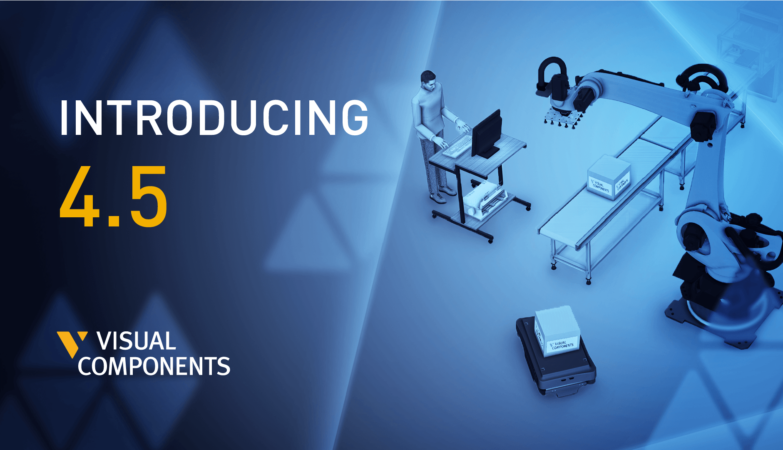
The joint development project between Mahr and Böhme & Weihs is based on the new Industry 4.0 capability of handheld measuring devices. The goal: The complete traceability of all recorded measurement results. Requirements that have always been an integral part of standards can now be implemented efficiently and verifiably for the first time. In this interview, Jens Stockburger, Head of Product Management Length, and Jens Leder, Product Manager for CASQ-it Gage Management at Böhme & Weihs, explain how the intelligent networking of handheld measuring devices and CAQ software for complete traceability works.
INTERVIEW WITH JENS STOCKBURGER, MAHR GMBH AND JENS LEDER, BÖHME & WEIHS


Jens Stockburger, Mahr GmbH Jens Leder, Böhme & Weihs
The traceability of hand-held measuring instruments is still a process in which theory and practice diverge despite clear standards. What many automated measuring devices do in no time at all is still a major hurdle for users of handheld measuring devices. Not so with Mahr GmbH. Together with Böhme & Weihs, Mahr has developed a process in which not only the measured values but also the measuring equipment ID is automatically transferred to the quality management software. This means that manual measuring equipment is now also fully integrated into Industry 4.0.
1. Digitization is noticeably increasing in quality management. When it comes to “intelligent networking”, however, very few people think directly of the topic of test equipment. Why is the opportunity for intelligent, networked data exchange in gauge management not taken?
Leder: The problem so far has been that handheld measuring devices, unlike high-tech measuring devices, communicate only to a limited extent. In addition to the measured value, it was not possible to transmit further information, such as the gage ID – a communication gap that we have closed with our cooperation partner Mahr. In a joint development project, we have developed a solution for the automatic transfer and processing of the gage ID. This is not only efficient but above all covers an elementary requirement of various standards.
2. What special requirements, both conceptual and technical, were there at the beginning of the development project regarding the traceability of hand-held measuring devices?
Stockburger: At the beginning of the project we were faced with the problem that up to now only the recorded measurement values from the handheld measuring device were transferred to the CAQ system, but not a measuring device ID. However, this is indispensable in order to ensure a concrete assignment of documented measurement results to a specific measuring instrument. This is of great advantage, for example, if the test instrument is used occasionally or alternately by several workstations or departments. Up to now, in this case, the individual measurement values were documented, but it was not possible to trace which measuring device was used for measurement. Complete traceability was therefore not guaranteed.
We have now, after some development work, solved this challenge. All wireless measuring devices with Integrated Wireless transmit their respective gage IDs when called up by the CAQ software. This ID can be simultaneously transferred into an inspection record and thus provide 100% transparency of the measured values. This enables us to meet the strict requirements of the latest industry standards.
The main technical requirement here was to adapt the hardware and firmware of the devices in such a way that they are able to store an individual ID and communicate it via the radio interface.

3. What are the standard requirements in this area?
Leder: The issue of traceability and validity of previous measurement results is explicitly addressed as soon as it is determined that a measuring instrument is defective. And it is precisely this requirement that runs through a large number of standards. Starting with DIN EN ISO 9001 in Chapter 7.1.5.2 and extending to industry-specific specifications. These include ISO/TS 16949 in Chapter 7.6 and the new IATF 16949 for the automotive industry, FDA 21 CFR 820 for the medical technology sector, and EN 9100 in the aerospace sector. Up to now, the requirement for traceability could only be met with an immense organizational effort in gage management, because the gage ID had to be additionally recorded for EVERY quality inspection. This is not only error-prone but also inefficient. With intelligent communication solutions, such as those between Mahr manual measuring devices and the CAQ software CASQ-it PMM, this happens automatically and even imperceptibly.
4. What other areas of application do you see for the automatic readout of hand-held measuring devices?
Stockburger: Clear traceability is not only a requirement from various standards but also simplifies processes in your own company – for example in the event of a complaint. In addition, gauge management benefits when the measuring instruments transmit not only the measured value but also a unique ID. The constant comparison with the gage management, for example, the CASQ-it PMM, provides the information whether the gage is released or possibly blocked because it has to be calibrated. In this way, users gain certainty and control that only calibrated measuring equipment is used.
The calibration process itself is also optimized by the ID transmission: The measuring instrument can be identified automatically and the appropriate calibration plan is called up directly from the CAQ system. Minimizing manual input and selection processes save time and reduce the susceptibility to errors.
Last but not least, the transfer of the serial number is relevant if we are thinking in the direction of Industry 4.0. For the scenario of networked, intelligent, self-controlling production, the most important prerequisite is that all participants in the field are clearly identifiable. This is the only way to ensure successful machine-to-machine communication.

5. What future prospects does the solution offer, especially in view of the advancing digitization?
Leder: There is certainly great potential here to further develop the intelligence of such communication. In the future, for example, measuring instruments will not only “know” their own ID, but also their calibration schedule or their next calibration date, which they will then inform the employee of when it is due. As the technological possibilities of digitization and Industry 4.0 continue to advance, the communication between measuring equipment and CAQ software will become more powerful.
6. Is the retrieval of the ID limited to wireless measuring equipment or is there also a solution for wired devices?
Stockburger: In 2017, Mahr created a new interface for a new bidirectional USB data cable for its latest generation of outside micrometers. Among other things, it is now possible to send a command from the PC to query the serial and article number to the gage.

7. The keywords “Industry 4.0” and “digitization” are now being viewed critically by companies due to the lack of standards. For whom is intelligent measuring equipment communication available and what are the prerequisites for it?
Leder: The solution is applicable for every company. Many hand-held measuring devices from Mahr have the necessary interface. On the CAQ side, the solution is already integrated in CASQ-it and will be available to our customers with CASQ-it version Q10.2.
8. What steps are planned to expand the system?
Stockburger: Mahr will introduce this feature as a product standard. All future new developments of hand-held measuring devices can be queried either via the USB interface MarConnect or via the Integrated Wireless System to communicate the measuring device ID together with the measured value.
To know more, check Mahr.


